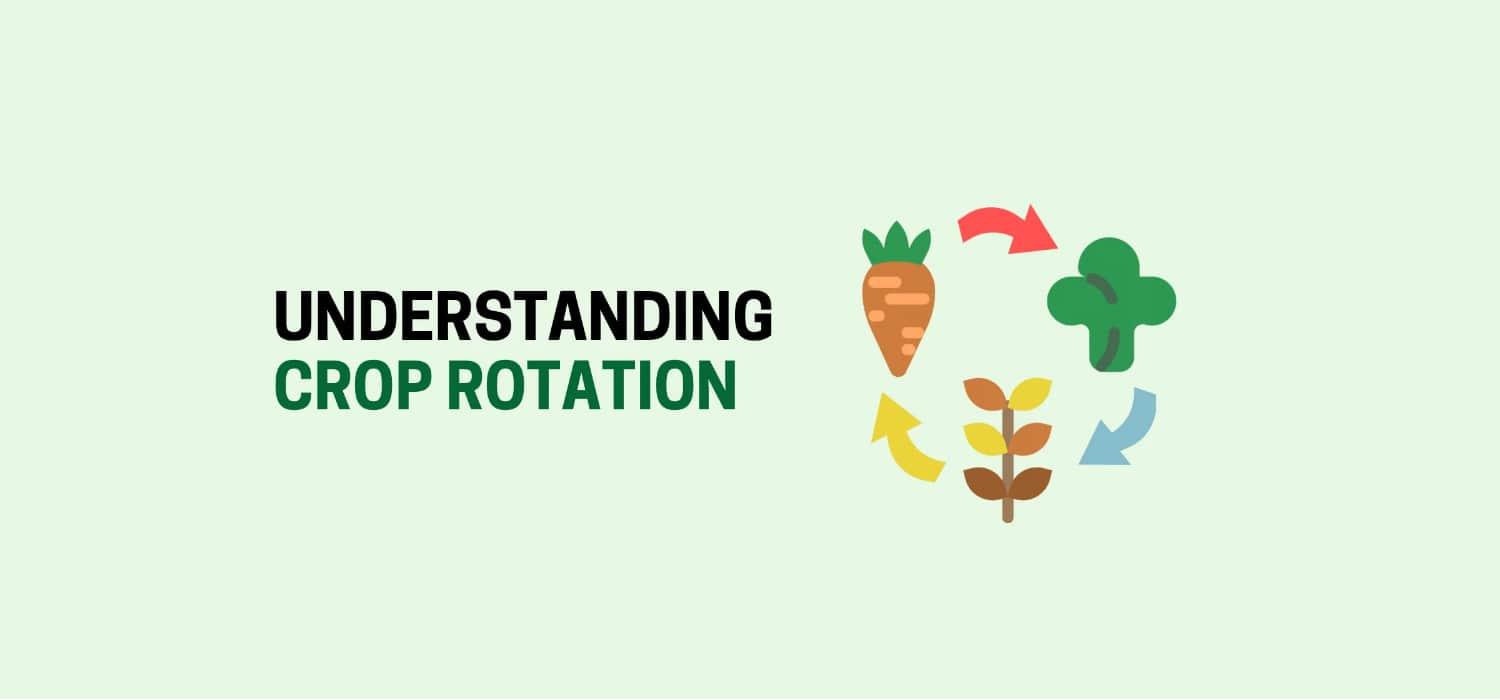Cart (0)
No products in the cart.

Introduction
Crop rotation is not just a farming practice; it's a time-tested strategy that has been crucial to Indian agriculture for centuries. In a country where agriculture forms the backbone of the economy and provides livelihoods for millions, understanding the significance of crop rotation is of paramount importance. This article explores the intricacies of crop rotation, its benefits, and how Indian farmers can leverage this age-old practice to enhance crop yields and soil health.
Crop rotation is a systematic approach to planting different crops in a specific sequence over consecutive seasons on the same plot of land. It involves changing the type of crops grown in a particular field from season to season. The primary goal of crop rotation is to break the cycle of pests and diseases that can build up when the same crop is continuously cultivated in the same area.
Crop rotation has deep roots in Indian agriculture, dating back to ancient times. Farmers in the Indian subcontinent have practiced crop rotation for generations, recognizing its potential to improve soil fertility, reduce pests, and enhance overall crop health. The ancient texts, including the Arthashastra and Manusmriti, contain references to crop rotation techniques.
One of the most significant advantages of crop rotation is its positive impact on soil health. Different crops have varying nutrient requirements, and planting a variety of crops in rotation helps maintain soil fertility. Leguminous crops, for example, fix nitrogen in the soil, benefitting subsequent crops like cereals.
Crop rotation is an effective natural strategy for pest and disease control. When the same crop is planted year after year, pests and diseases that target that crop build up in the soil. By rotating crops, farmers disrupt this cycle, reducing the need for chemical pesticides and ensuring healthier crops.
Certain crops, such as cover crops like sorghum or millet, can effectively suppress weed growth. Incorporating these crops into a rotation plan helps Indian farmers manage weeds without resorting to herbicides.
Crop rotation can lead to increased crop yields. Different crops have different nutrient requirements, and by diversifying the crops grown, farmers can ensure that the soil remains rich in essential nutrients. This, in turn, leads to healthier plants and higher yields.
Implementing an effective crop rotation plan begins with selecting the right sequence of crops. Indian farmers need to consider factors such as climate, soil type, and market demand when deciding on their rotation plan. Consulting with local agricultural experts can provide valuable insights.
Timing is a critical factor in successful crop rotation. Farmers must have a well-thought-out schedule that aligns with the monsoon and local weather patterns. Planning ensures that each crop in the rotation receives the right amount of water and sunlight.
Proper management of crop residues is essential in crop rotation. Residues from the previous crop can affect the growth of the succeeding crop. Indian farmers should adopt practices like mulching and tilling to manage crop residues effectively.
Crop rotation plans should ideally be changed every two to three years. However, adjustments can be made based on the specific needs of your farm and the prevailing conditions.
Yes, organic farming and crop rotation complement each other. Organic practices, such as avoiding synthetic pesticides, align well with the principles of crop rotation.
Common mistakes include not diversifying crops enough, neglecting soil testing, and not paying attention to local conditions. Proper planning and research can help avoid these pitfalls.
In the diverse landscape of Indian agriculture, crop rotation stands as a timeless and invaluable strategy. It is not just a farming practice but a holistic approach to sustainable agriculture. By understanding the principles of crop rotation and implementing them wisely, Indian farmers can achieve higher yields, better soil health, and a more secure future for themselves and their families. As agriculture continues to evolve, crop rotation remains a key strategy for ensuring food security and the prosperity of India's agricultural sector.